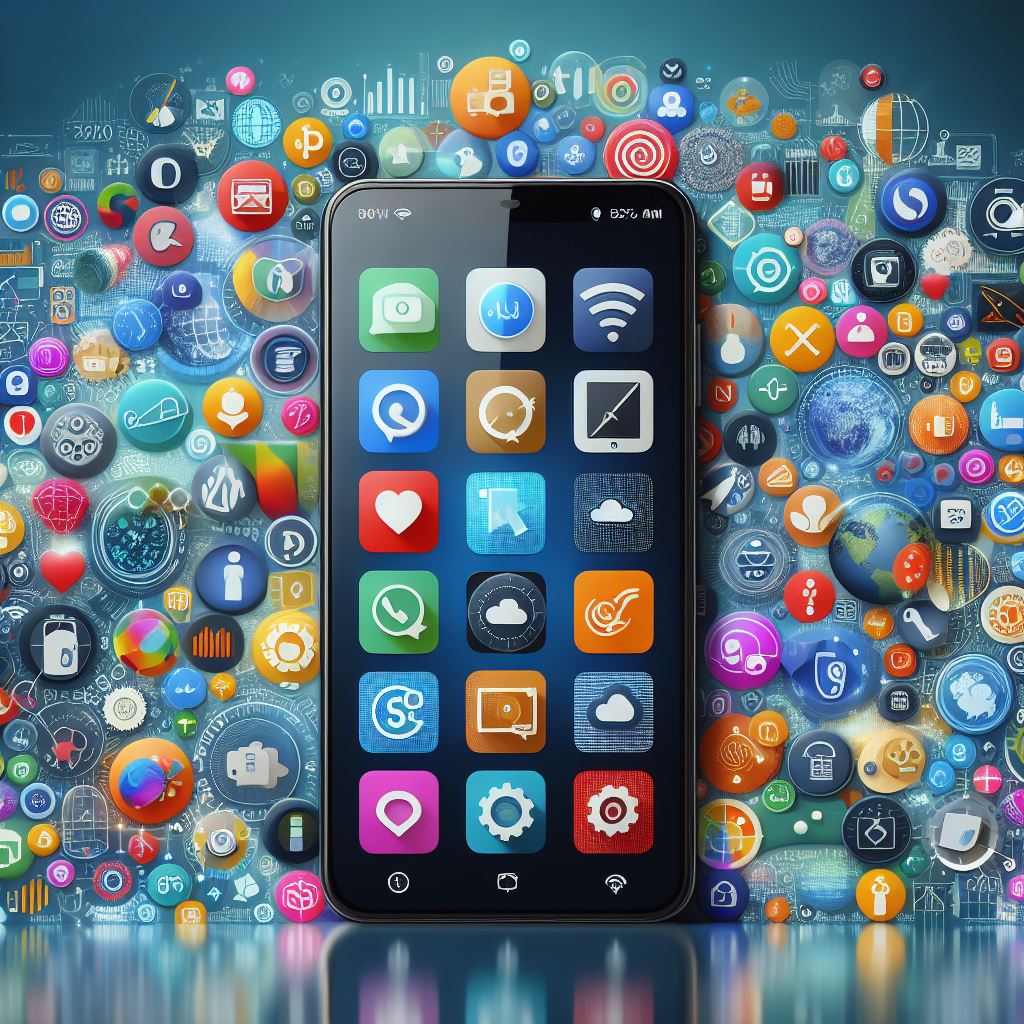
How mobile apps are driving the customer relationship
Any game show host will tell you that points make prizes. Retailers tapped into this philosophy many years ago, as far back as 1793, when an American merchant handed out copper coins or tokens to repeat customers to redeem merchandise in-store.
Fast-forward to 2024, and loyalty programs work on the same principle. Take Starbucks Rewards, one of the most successful examples of a customer loyalty program. Customers buy coffee to receive stars to redeem for free drinks, food, priority service, and birthday bonuses. What makes it so super simple? It’s all done through an app on the customer’s mobile.
You can get an app for pretty much anything, and they have dramatically changed how consumers shop and spend their free time. With phones continuously in the hands of the consumer, you as a brand are never too far away from a customer interaction. Add a mobile payment system to the app, and it’s frictionless shopping at its best.
Within a store, a mobile app can serve as a personalized guide for customers. By leveraging their search or order history, they can be directed to products that align with their interests, be provided with more detailed product information, or be offered discounts or promotions to prompt purchase and increase basket size. The inclusion of AR technology adds a gaming element, enhancing the experience and increasing dwell time, making your customers feel valued and understood.
Outside the store, gamification or competition elements of an app can be a powerful tool to drive engagement and attract new customers. Take the example of Sephora, which gamified the process of choosing between hundreds of beauty products online through its “Swipe it. Shop it.” app. Inspired by the interface of the Tinder dating app, this approach added a layer of fun to the shopping experience and expanded its appeal to millennials, sparking excitement and intrigue.
Mobile technology is the intermediary that blends the physical and digital experience. It fosters a deeper bond, promoting loyalty, brand advocacy, and a happy and engaged customer when implemented well.
